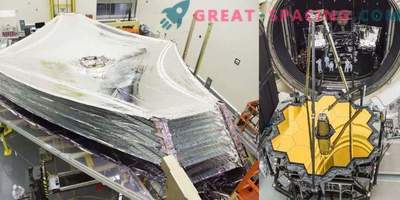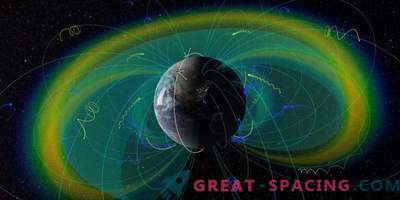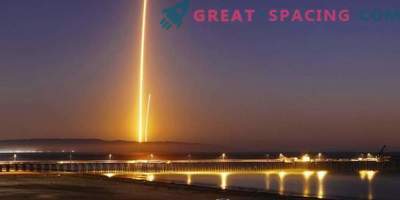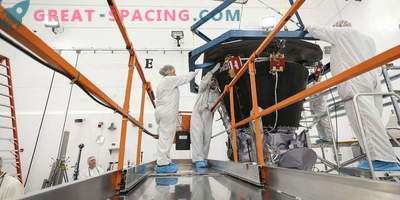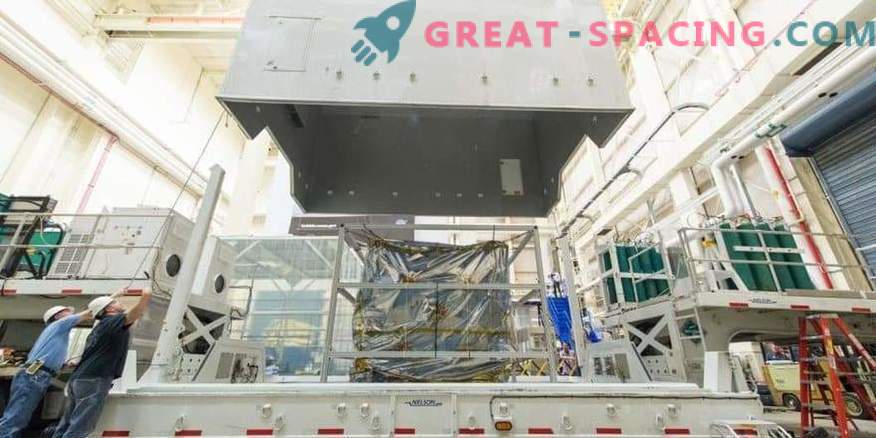
The ATLAS team carefully lowers the tool onto the platform held by the wire coils in a special transport trolley
In the fall of 2018, NASA’s ICESat-2 satellite is scheduled to launch. After starting, it will travel at a speed of 15,000 miles per hour. Last week, he began his journey to space, moving from Maryland to Arizona in a truck.
ICESat-2 is planned to be launched in September to measure the height of the earth’s surface and the changing polar ice. To do this, use the laser device “Extended Topographical Laser Altimeter System” (ATLAS). It determines exactly how long it takes for light particles to reflect off the Earth and return to the satellite.
On February 23, ATLAS went to a check at the Goddard Space Flight Center (Greenbelt, MD) and arrived in Arizona on Orbital ATK, where it was hooked up to the spacecraft design. For safe delivery and assembly, the team has designed special packaging procedures.
The trip followed immediately after a series of successful tests aimed at testing the functionality of ATLAS in harsh space conditions. After testing in a vacuum chamber, engineers checked that the device is clean and in the correct configuration of the stroke. Then the sensors connected to the device, which will monitor the vibration, temperature and humidity.
Then the instrument was wrapped in two layers of anti-electrostatic discharge film to minimize any instances of bumps on the road. The crane lifted ATLAS onto a transporter container, and the crew hung it up to the platform to soften the ride.
Time to transport tried to choose, taking into account possible traffic jams. In front of the truck, special cars were launched that checked to ensure that there were no emergencies, debris and obstacles ahead. The specialists even had to control the air flow so that the dust particles did not settle on the instrument.
It took 4.5 days to go 2000 miles. The tool is now in Orbital ATK, where engineers connect it to the spacecraft and perform the latest tests. Then the satellite will be repackaged and sent to Vandenberg Air Force Base (California).




